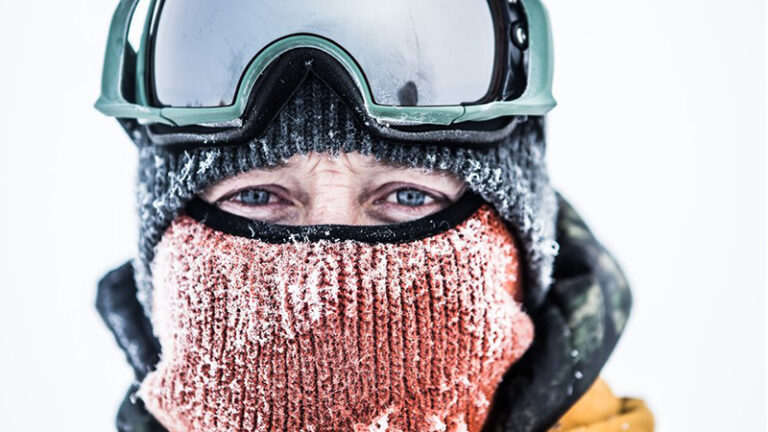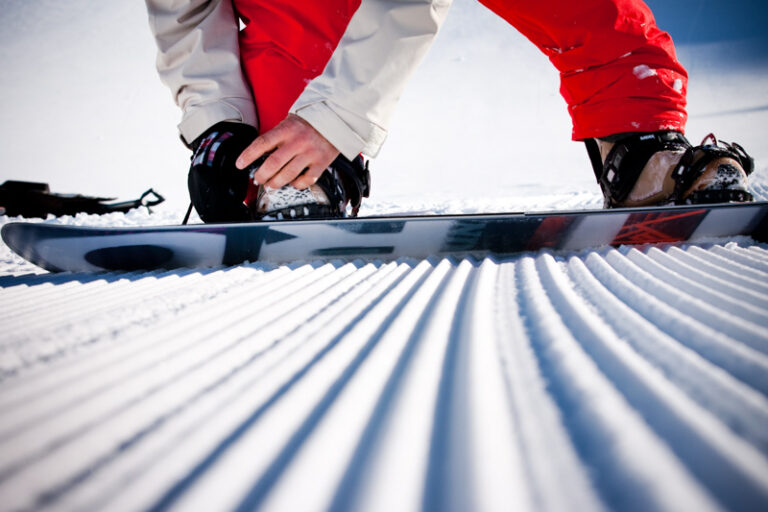
Fit
Each brand describes how their clothes fit differently. The catalogue spiel can be confusing at first – “True Action Fit”, anyone? – but usually it’s self-explanatory.
There isn’t any objective advantage to baggier or tighter-fitting outfits – it’s just whatever you prefer!
The range of options is huge, so there’s no need to go for anything that isn’t the style you like. Wherever possible, get down to a local snowboard shop and try things on for yourself before you buy.






